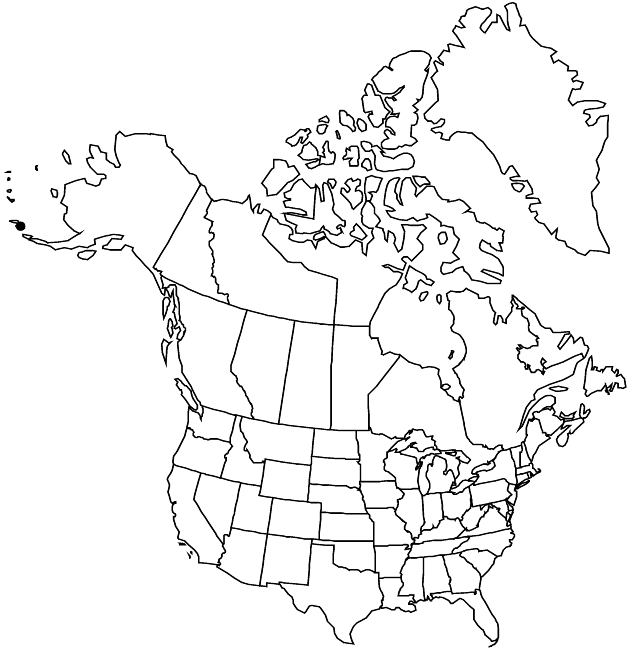Parasenecio auriculatus
Novon 3: 154. 1993.
Perennials, scattered-hairy; caudices stout. Stems mostly single. Leaves: petiole lengths ± 1/2 blades; blades sometimes lobed, the larger 7–15+ × 11–25+ cm. Peduncles bracteolate. Phyllaries 5–8 mm. Disc corollas 5–7 mm. Cypselae 4–5 mm; pappi 5–7 mm. 2n = 60 (Asia).
Phenology: Flowering summer.
Habitat: Thickets and subalpine meadows
Elevation: probably below 300 m
Distribution

Alaska, Asia (Russian Far East).
Discussion
Parasenecio auriculatus occurs chiefly from northern Japan and Manchuria northward; it barely enters the flora area in the western Aleutian Islands, as far east as Kiska Island. The species is variable; some floristicians have recognized infraspecific taxa. Plants in the flora area have been treated as var. or subsp. kamtschatica (-us) in various combinations; current opinion suggests that they be recognized simply as P. auriculatus.
Selected References
None.
